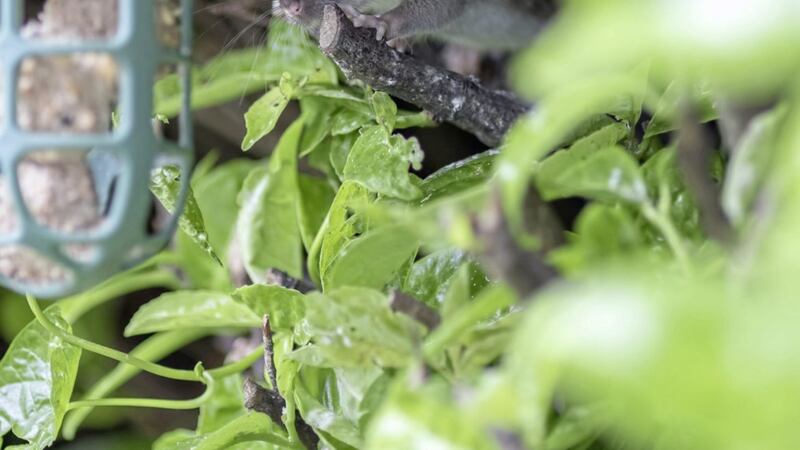ROBBIE’S stiffly wagging upright tail, ferocious growling and frantic sniffing at the base of the back-garden fence suggested the close presence of Rattus norvegicus, probably attracted by spilled seed from nearby bird feeders.
Some hours later, my suspicion was confirmed, as there under the bare birch were the prominent pointed muzzle, eyes and ears of the brown rat, feasting on the fallout from a feeder above, before a surge of noisy wind sent it scurrying back through a gap, its long, almost naked ropy tail last to disappear.
Like most people, I’m not very fond of rats as their association with filth, disease and death, continues, perhaps unfairly, to incur a universal loathing and fear of the mammal.
They are, however, relentless survivors and their ability to adapt to various conditions and defy all attempts at mass culling means they inhabit almost every area of the Earth where humans live.
Thought by some to have first arrived in England from Norwegian ships in 1728, it was sometimes referred to as the Norway rat, though most now accept it originally came from the plains of central Asia and expanded its range into Europe following man and then further to the rest of the world.
Its earliest appearance in Ireland is noted by John Rutty in his Essay toward a Natural History of the County of Dublin (1772). Spreading quickly throughout the country, it was considered by to be the dominant species of rat by 1744, displacing its smaller cousin the black rat, already well established in Ireland since medieval times, and whose flea Xenopsylla cheopis was responsible for outbreaks of the ‘black death’ here and across Europe in the 14th century. The black rat is now considered very rare here.
Highlighting the abundance of rats in mid-19th century rural Ireland, James Fairley in A Basket of Weasels (2001) points to the contents of a notebook, preserved in the Public Record Office of Northern Ireland, recording the payments against rats killed, at one penny (0.4p) each, in Lissadell House and its outbuildings in Co Sligo, from June 1846 to December 1847. Over this period "receipts totalled £32 13s 5d, representing no fewer than 7,841 rats"!
A true omnivore, the rat eats almost anything, from cereals, fruits and vegetables to young birds and our leftovers. While their opportunism frequently brings them into conflict with man, a curious description recorded in The Folkore of Clare Island (1911), Co Mayo, shows how the rodent’s enterprise gets it into trouble elsewhere. An islander there stated, "On a soft evening them bornyacks (limpets) do rise up and go travelling a bit over the rocks, and the rat’ll come up and slip in her tongue to lick the meat, and the bornyack’ll clap down its shell and catch her by the tongue. And I tell you the power of man couldn’t loose the hold of the bornyack, and the rat is caught there until the tide comes up and drowns her. I seen them myself hanging by the tongue and they dead.’’
Our Gaelic bards had their own method for killing rats through the ancient practice of ‘rat rhyming’, using the power of verse to banish them, something referenced by Shakespeare in As You Like It, when heroine Rosalind says, "I was never so be-rhymed since Pythagoras’ time, that I was an Irish rat".
During the same literary period, a character from Ben Jonson’s play Poetaster says, "Rhyme them to death, as they do Irish rats, In drumming tunes."
Some invective verse from days of old might be required to keep my visitor at bay.








